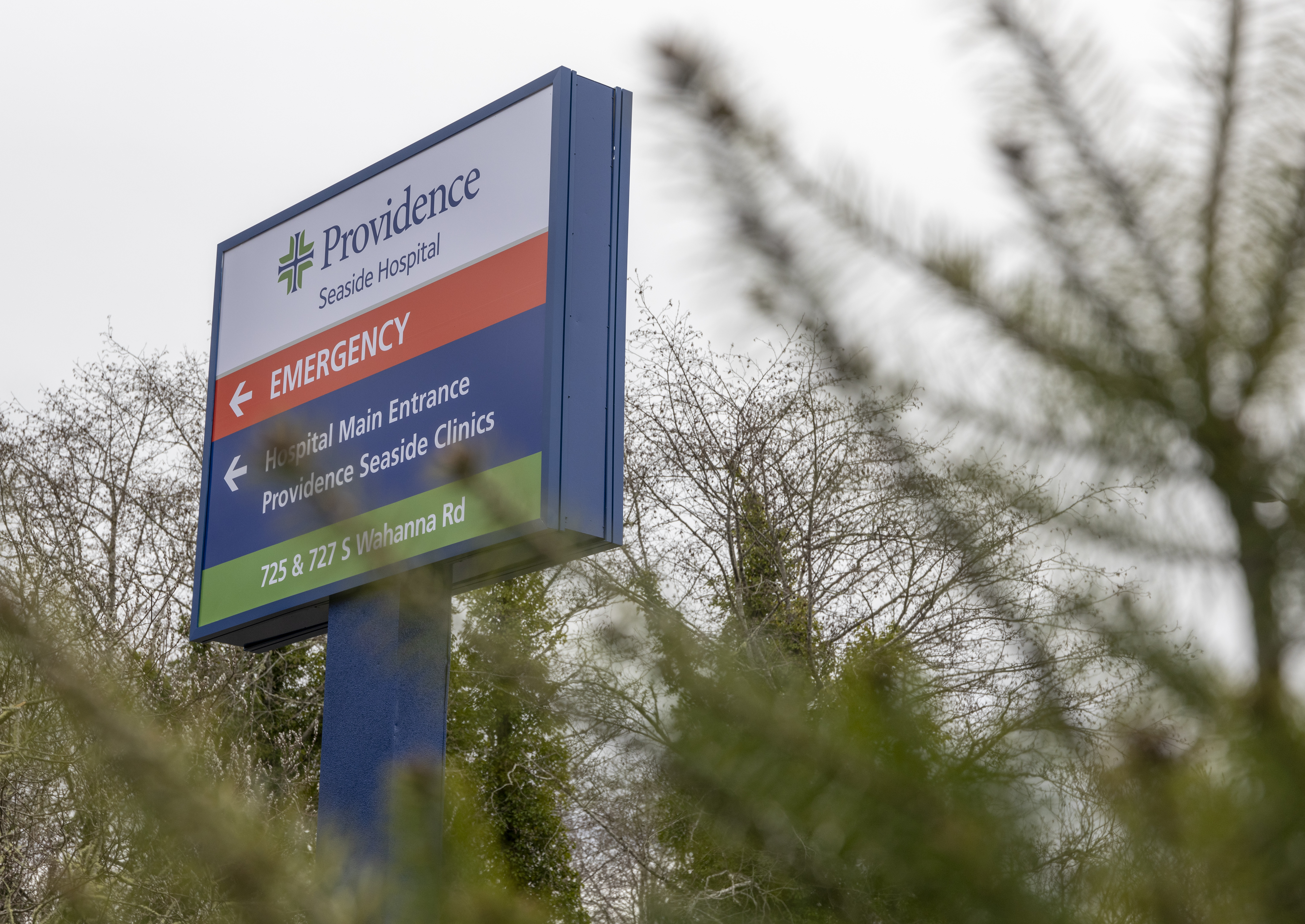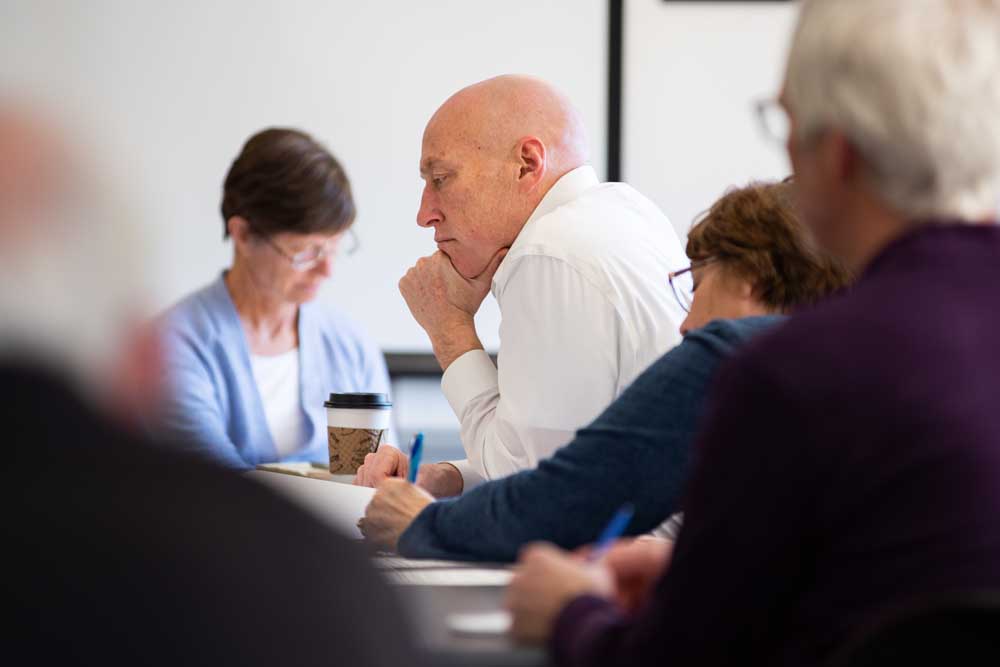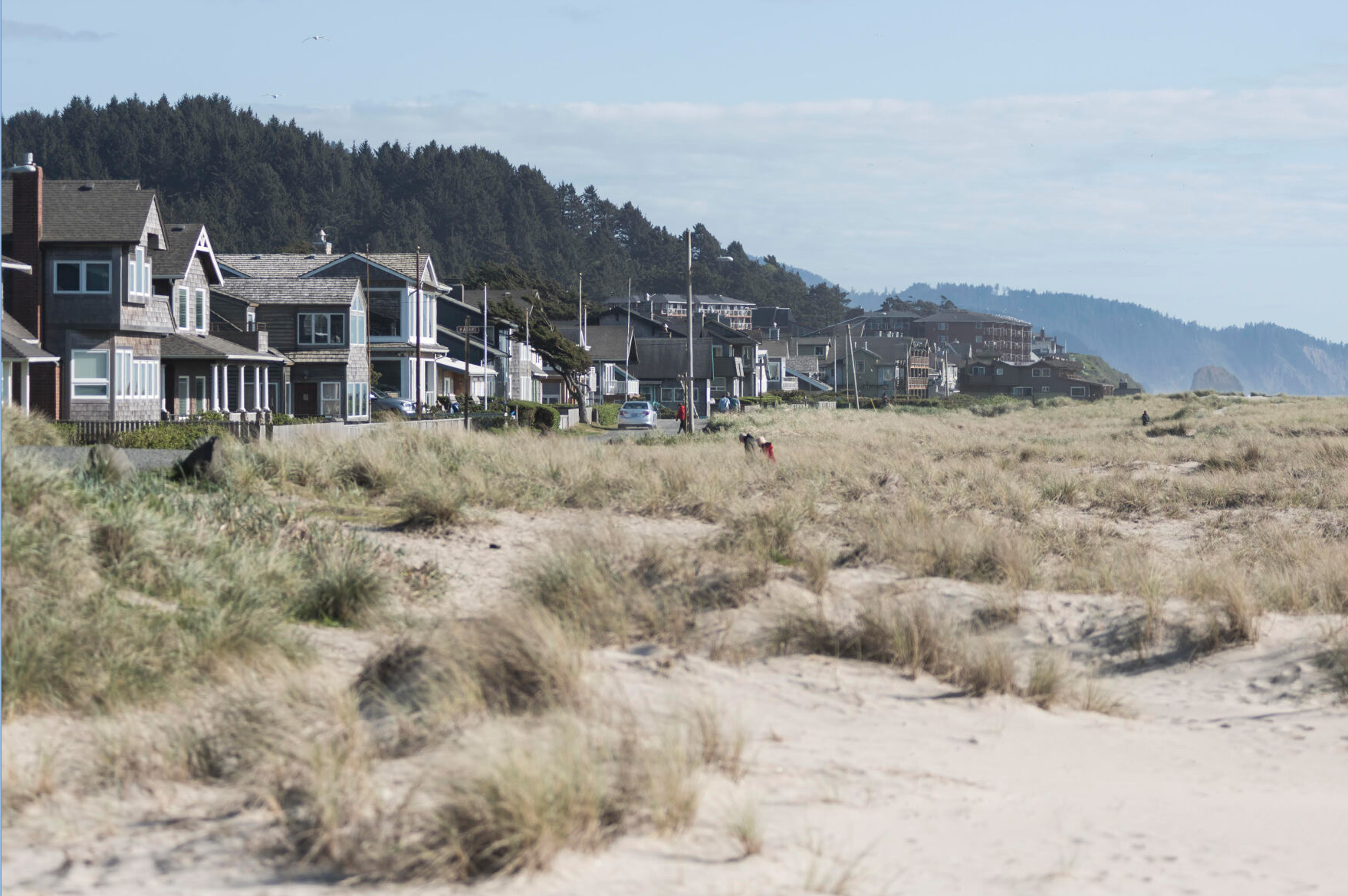Mosaic finds final resting place (slideshow)
Published 5:00 pm Thursday, April 30, 2009
SEASIDE – Mike Hinton carries a fish around in buckets. Parts of that same fish are stuck on burlap and resting on pallets. The fish’s head is in pieces on a table. Its fin is on another table.
Trending
In fact, the whole fish is about 20 feet long.
Now, that alone would be quite a fish tale, but there’s so much more to it.
There’s a fishing boat, too. It’s on a third table, awaiting reconstruction.
Trending
Hinton, who is both an artist and a home remodeler, has been waiting seven years to rebuild the fish and the boat. His wait began when the former Safeway store on Holladay Drive was torn down, including the wall that held the mosaic of the fishing boat that caught a giant salmon.
But the wait will end this summer when Hinton will re-attach the mosaic – all 33,000 tiles – onto the cement wall of the new restroom in Goodman Park, on the corner of 12th Avenue and Necanicum Drive.
The mosaic – 84 feet long and 8 feet high – had always intrigued Hinton. The mosaic had been on the wall since 1961. It is still unclear which tile company provided the tiles and the mosaic’s design, but Hinton is researching the mosaic’s history and has talked to several Portland area companies and old-time tile setters.
He always passed by it when he came to town to visit his parents, who owned the former A&W restaurant in Seaside. Hinton, who has a master of fine arts degree from the San Francisco Art Institute, had worked with mosaics in California and had become fascinated with the bits of color that could be arranged to create beautiful designs.
When he moved to Seaside in 1995, Hinton periodically called City Hall after the old store closed and the new Safeway opened. He worried that the new owner would tear down the building and destroy the mosaic, which he considered a landmark.
“It was the only piece of public art I saw anywhere, except for the bronze of Lewis and Clark at the Turnaround,” Hinton said.
Hinton’s persistence paid off. When the property was purchased, the owner contacted him, and Hinton set to work to preserve the mosaic.
At first, he thought he would remove the piece tile by tile. But then Hinton decided to cover the entire mosaic – salmon, fishing boat, ocean, sky – with burlap and cement the burlap onto the tile. With the help of his two sons and a painting student from Clatsop Community College, Hinton chiseled off all the images with a three-inch chisel and a three-pound sledge hammer.
“I chiseled it off and was able to flop it over like a pancake, slowly flipping it on sheets of plywood,” Hinton recalled. “So, I had the fish, I had the boat. I got all the loose tiles – shoveled up those tiles – and had them in buckets and took everything to the college. I’m just a terrible scrounge.”
Hinton, who taught painting at the college, stored the mosaic there for several years. When college officials made plans to remodel, he would get calls telling him he had to move it. Eventually he loaded it and all the barrels of tile into his trailer.
It was about that time that Seaside Public Works Director Neal Wallace was planning the new restrooms at Goodman Park. Wallace wanted to make the project more than a restroom. Since it was so close to the Necanicum River, it might make a good site for local fishers to clean their fish. Wallace had another idea – why not restore the salmon mosaic on the exterior restroom wall?
“Most of the mosaic’s life was right by the river – the Safeway building was near the river,” Wallace said. “The salmon was such a big part of our culture here long before we were here. It’s nice to see that perpetuated, now that the salmon is listed as endangered.”
Hinton’s restoration project is generating a lot of excitement, Wallace added.
“It’s the type of thing that gives me a lot of pleasure in my work. It’s a lot of fun to say I was part of bringing it back.”
Since March 27, Hinton has worked night and day to restore the mosaic. Sometimes he arrives at the old Seaside library building, where he has set up several tables holding various sections of the mosaic, at 3:30 a.m. and won’t leave until 6:30 p.m.
On some days, he does nothing but chip off the old grout from the tile with pliers – he estimates he has 29,000 more tiles to clean and hopes some volunteers might be willing to help.
When he has enough tiles for one section he works on that section, counting out each tile from photos he took before he tore down the mosaic, then placing them in the exact spot.
But if counting out and piecing the tiles wasn’t hard enough, Hinton is doing everything in reverse. The photos show how the mosaic originally looked going one way, but now, attached to the burlap and flopped over, the fish is heading in the opposite direction.
“I made reverse photos for reference because I’m looking at everything backwards, and I’m actually working backwards,” Hinton said.
Once it goes back on the wall, however, the mosaic will be in its original position, Hinton said.
Although his efforts have been seven years in the making, Hinton is as enthusiastic about it as he was originally. He takes visitors from table to table, showing them bits of fin and tail, ocean and sky. He can see the entire mural in his mind, and with each colored tile, it’s that much closer to completion.
“Here’s the fishing boat, the trawler,” Hinton said, pointing to a grouping of tiles on a table. “And it’s got a hook. It’s actually caught this fish. On the original mural, they’re spread out. On the new 28-foot wall, this fish is going to be like Fishzilla.”
Because the restroom wall is much smaller than the old Safeway wall, Hinton must “reinterpret” parts of the mosaic, including where the ocean waves will appear and how close the salmon will be to the boat.
“The interesting thing about this fish is that it’s going to be at a lower elevation (than the original mural),” he said. “You’ll be able to walk up to it, and at six feet high, the head of this fish is going to be at eye level.
“So, once I made the eye, I looked into it and said, ‘Gee, I’m having this conversation with this fish now. This fish is speaking to me.’
“This fish thing is getting to be kind of personal.”
What the fish is telling him, Hinton said, is “‘I’m happy to be back in Seaside. I never really died. I’ve just been away for a while. Let me remind you of what we need to do to maintain our natural environment and take care of the animals that people come to see.'”
It would be easier, he admitted, to paint a picture of a salmon and a fishing boat on the restroom wall. But he likes the mosaic because it is permanent.
“The neat thing is that I know that when this is done, it will last for hundreds of years,” Hinton said. “I respect the history, the cultural significance of it.”
The mural has a cultural value, he added “because it depicts the wild fish in the time when the canneries had plenty of fish. There was no hatchery program; the fish were wild.
“To me, it’s significant, and it’s kind of spiritual, going through the restoration. If you go through mythology – the fish and the scale it took – it has a totemic power. It symbolizes a great deal about our power and our struggle and the fish’s struggle.
“To me, it’s exciting to make that statement, but it’s all passing through my hands. I’m doing this and that, but I didn’t really create it. It’s not a Da Vinci, it’s not a Michaelangelo, but it is what it is.
“People talk about having a sense of place, and it really is about place.”









